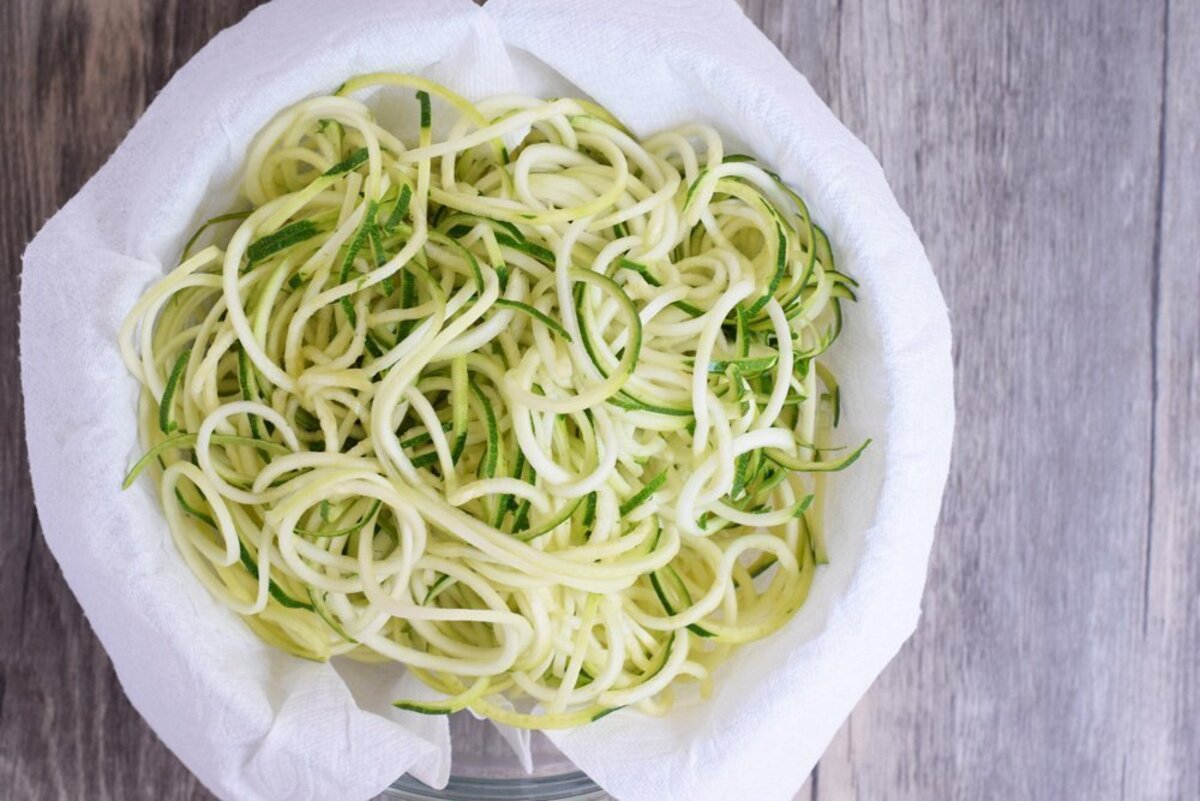

Articles
How To Store Zoodles
Modified: December 7, 2023
Learn how to store zoodles and keep them fresh for longer with these helpful articles. Discover the best methods and tips for preserving zucchini noodles.
(Many of the links in this article redirect to a specific reviewed product. Your purchase of these products through affiliate links helps to generate commission for Storables.com, at no extra cost. Learn more)
Introduction
Welcome to the world of zoodles! Zoodles, or zucchini noodles, have gained popularity as a healthier alternative to traditional pasta. Made from spiralized zucchini, these veggie noodles offer a lighter and more nutrient-rich option for pasta lovers.
While zoodles are best enjoyed fresh, there are times when you may have a surplus or want to meal prep for the week. That’s where the art of storing zoodles comes in handy. By properly storing your zoodles, you can extend their shelf life and enjoy them whenever you’re in the mood for a quick and healthy meal.
In this article, we will explore the benefits of storing zoodles, the best containers for storage, and helpful tips to keep your zoodles fresh and delicious. Whether you’re a zoodle enthusiast or a newbie to this vegetable pasta trend, get ready to learn how to store zoodles like a pro!
Key Takeaways:
- Store zoodles for convenience, reduced food waste, and diverse meal options. Use airtight containers, portion servings, and get creative with zoodle recipes to enjoy nutritious and flavorful meals anytime.
- Maximize zoodle freshness by proper sealing, portioning, and labeling. Explore creative zoodle recipes for stir-fries, salads, soups, and more to elevate your cooking game and enjoy healthy, flavorful meals.
Read more: How To Store Basil From Store
Benefits of Storing Zoodles
Storing zoodles not only allows you to enjoy their deliciousness at a later time, but it also offers several other benefits. Here are a few reasons why you should consider storing your zoodles:
- Convenience and Time-Saving: By preparing and storing your zoodles in advance, you can save time in the kitchen when you’re busy or simply don’t feel like cooking. Having pre-made zoodles on hand allows you to quickly whip up a healthy meal whenever you want.
- Reducing Food Waste: Zucchini is a perishable vegetable, and if not used promptly, it can spoil quickly. Storing zoodles helps you make good use of your zucchini and minimize food waste. Instead of letting them go to waste, you can store and enjoy them later.
- Diverse Meal Options: Storing zoodles opens up a world of possibilities when it comes to meal planning. From salads and stir-fries to pasta dishes and soups, you can use your stored zoodles in various recipes, adding a healthy twist to your favorite meals.
- Nutritional Value: Zoodles are low in calories and packed with vitamins, minerals, and dietary fiber. By storing them properly, you can preserve much of their nutritional value, ensuring that you get a wholesome and nutritious meal even when you’re short on time.
- Budget-Friendly: Zoodles are a cost-effective alternative to pasta, and storing them allows you to take advantage of sales or bulk purchases. Buying zucchini in bulk and making zoodles can help you save money in the long run.
- Clean Eating: Zoodles are an excellent choice for those following a low-carb or gluten-free diet. By storing zoodles, you have a healthy and clean eating option readily available whenever you’re in the mood for a satisfying meal.
Now that you’re aware of the benefits, let’s move on to the next section, where we’ll explore the best containers for storing zoodles.
Best Containers for Storing Zoodles
When it comes to storing zoodles, choosing the right container is crucial to maintain their freshness and quality. Here are some of the best containers for storing zoodles:
- Glass Containers: Glass containers are an excellent option for storing zoodles. They are non-toxic, non-reactive, and do not absorb odors or flavors. Glass containers also allow you to see the contents easily and are microwave and dishwasher-safe for convenient reheating and cleaning.
- Plastic Containers: If using glass containers is not convenient for you, plastic containers with tight-fitting lids can be a good alternative. Look for containers that are BPA-free and food-grade. Make sure the lids create a tight seal to prevent air from entering and spoiling the zoodles.
- Ziplock Bags: Ziplock bags are a simple and space-saving option for storing zoodles. They are flexible and can easily be squeezed to remove excess air, prolonging the shelf life. Opt for freezer-safe bags if you plan to store your zoodles in the freezer.
- Vacuum-Sealed Bags: For longer-term storage, vacuum-sealed bags are an excellent choice. These bags not only keep out air but also help prevent freezer burn, ensuring that your zoodles retain their freshness and flavor for an extended period.
When choosing a container, make sure it is the right size for your zoodles to avoid unnecessary air exposure. Additionally, label your containers with the date of storage to keep track of freshness.
Now that you know which containers to use, let’s move on to the next section, where we’ll explore how to prepare zoodles for storage.
Preparing Zoodles for Storage
Before storing your zoodles, it’s important to prepare them properly to maintain their texture and quality. Here are the steps to follow when preparing zoodles for storage:
- Wash and dry: Start by washing the zucchini thoroughly under running water to remove any dirt or debris. Pat them dry using a kitchen towel or paper towels to remove excess moisture.
- Spiralize the zucchini: Use a spiralizer or a julienne peeler to turn the zucchini into noodles. If you don’t have a spiralizer, you can also use a knife to carefully slice the zucchini into thin, noodle-like strips.
- Blanching (optional): Blanching is an optional step that can help preserve the color and texture of the zoodles. To blanch, bring a pot of water to a boil and add the zoodles for about 1-2 minutes. Then, transfer them to a bowl of ice water to cool down quickly. Drain well before storing.
- Divide into portions: Divide the prepared zoodles into individual serving portions or desired quantities. This will make it easier to grab the right amount when you’re ready to use them without having to defrost or thaw the entire batch.
- Remove excess moisture: Zucchini contains a high water content, which can make the zoodles soggy when stored for a longer time. To prevent this, gently squeeze the zoodles in a clean kitchen towel to remove any excess moisture before transferring them to the storage container.
Once you’ve prepared your zoodles, you’re ready to store them. In the next sections, we’ll discuss how to store zoodles in the refrigerator and freezer, along with some tips for maintaining their freshness.
How to Store Zoodles in the Refrigerator
Storing zoodles in the refrigerator is a great option if you plan to use them within a few days. Follow these steps to ensure that your zoodles stay fresh:
- Place in an airtight container: Transfer the prepared zoodles into an airtight container, such as a glass jar or plastic container with a tight-fitting lid.
- Add a paper towel: To absorb any excess moisture, place a paper towel on top of the zoodles before sealing the container. This helps prevent them from becoming soggy.
- Store in the refrigerator: Place the container of zoodles in the refrigerator, preferably on one of the middle shelves where the temperature is most consistent.
- Use within 3-5 days: Zoodles stored in the refrigerator should be consumed within 3-5 days for the best quality and taste. Beyond that, they may start to lose their freshness and texture.
Remember to label the container with the date of storage to keep track of their freshness. When you’re ready to use the refrigerated zoodles, simply remove the desired portion and cook them as you would with fresh zoodles.
In the next section, we’ll explore how to store zoodles in the freezer for longer-term storage.
After spiralizing your zoodles, pat them dry with a paper towel to remove excess moisture before storing them in an airtight container in the refrigerator. This will help prevent them from becoming soggy.
Read more: How To Store Store-Bought Bread
How to Store Zoodles in the Freezer
If you want to store your zoodles for an extended period, freezing them is a great option. Follow these steps to properly store zoodles in the freezer:
- Flash-freeze: Before transferring the zoodles to a freezer-safe container or bag, it’s crucial to flash-freeze them first. Lay the zoodles in a single layer on a baking sheet lined with parchment paper. Make sure to avoid overcrowding so that they freeze individually and don’t stick together.
- Pre-freeze for 1-2 hours: Place the baking sheet with the zoodles in the freezer and let them pre-freeze for 1-2 hours. This step helps prevent them from clumping together when stored long-term.
- Transfer to a freezer-safe container: Once the zoodles are pre-frozen, transfer them to a freezer-safe container or a ziplock bag. Make sure to squeeze out as much air as possible before sealing to prevent freezer burn.
- Label the container: Label the container with the date and portion size if desired to keep track of freshness and make meal planning easier.
- Store in the freezer: Place the container of zoodles in the freezer where the temperature remains constant.
- Use within 3 months: Frozen zoodles are best when consumed within 3 months. Beyond that, they may still be safe to eat, but the texture and flavor may start to deteriorate.
To thaw the frozen zoodles, simply transfer the desired portion to the refrigerator the night before you plan to use them. Alternatively, you can cook them directly from frozen by adding a few extra minutes to the cooking time.
Next, we’ll share some tips on how to maintain the freshness of stored zoodles.
Tips for Maintaining Zoodle Freshness
To ensure that your stored zoodles stay fresh and delicious, here are some helpful tips to keep in mind:
- Properly seal containers: Whether you’re storing zoodles in the refrigerator or freezer, make sure the containers are tightly sealed to prevent air from entering. This helps maintain their freshness and prevents freezer burn in the case of freezing.
- Absorb excess moisture: Zoodles have a high water content, which can make them become soggy when stored for a longer time. To avoid this, pat the zoodles dry before storing and consider adding a paper towel to absorb any excess moisture.
- Avoid stacking: If storing zoodles in the refrigerator, avoid stacking heavy items on top of them. The weight can cause the zoodles to become compacted and lose their texture.
- Use portioned servings: Divide your zoodles into individual serving portions before storing. This way, you can easily grab the desired amount without having to defrost the entire batch.
- Label and date containers: Labeling your containers with the date of storage helps keep track of freshness. It’s also helpful to write down the portion sizes if you have divided them for easy meal planning.
- Rotate your stash: When storing a batch of zoodles, use the “first in, first out” principle. This means consuming the older stored zoodles before using the fresher ones, ensuring that nothing goes to waste.
- Don’t refreeze thawed zoodles: Once you have thawed zoodles, it’s best not to refreeze them. The texture and quality may not be the same after freezing, thawing, and refreezing.
- Reheat gently: If reheating stored zoodles, do so gently to avoid overcooking them and causing them to become mushy. Sauté them briefly in a hot pan or microwave them for a short period, just until warmed through.
By following these tips, you can prolong the freshness and quality of your stored zoodles, ensuring that they taste as good as when you first made them.
In the final section, let’s explore some creative ways to use stored zoodles beyond the usual pasta dishes.
Creative Ways to Use Stored Zoodles
Stored zoodles can be incredibly versatile and can be used in a variety of creative and delicious ways. Here are some ideas to help you make the most out of your stash of zoodles:
- Zoodle Stir-Fry: Sauté your zoodles with fresh vegetables, protein of choice, and your favorite stir-fry sauce for a quick and healthy meal.
- Zoodle Salad: Toss your zoodles with a light vinaigrette, cherry tomatoes, cucumbers, and feta cheese for a refreshing and nutritious salad.
- Zoodle Soup: Add zoodles to your favorite soup recipes, such as chicken noodle soup or vegetable soup, for a low-carb twist.
- Zoodle Primavera: Sauté zoodles with a medley of seasonal vegetables and a creamy sauce for a guilt-free version of the classic pasta dish.
- Zoodle Pad Thai: Combine zoodles with a tangy pad Thai sauce, shrimp or tofu, bean sprouts, and peanuts for a flavorful Asian-inspired dish.
- Zoodle Carbonara: Swap traditional pasta with zoodles in a creamy carbonara sauce topped with crispy bacon for a satisfying and indulgent meal.
- Zoodle Casserole: Layer zoodles with marinara sauce, cheese, and your choice of protein for a low-carb twist on classic pasta casseroles.
- Zoodle Pesto Salad: Toss zoodles with homemade pesto, cherry tomatoes, pine nuts, and Parmesan cheese for a vibrant and flavorful salad.
- Zoodle Frittata: Use zoodles as a base for a delicious and nutritious frittata. Mix them with beaten eggs, cheese, and your favorite toppings before baking until set.
- Zoodle Bolognese: Pair zoodles with a rich and hearty meat sauce or vegetarian Bolognese for a healthy twist on the classic Italian dish.
These are just a few examples, but the possibilities with zoodles are endless. Feel free to experiment and get creative with your own recipes, incorporating zoodles into any dish where you would typically use pasta or noodles.
Now that you’re armed with these creative ideas, you’re ready to enjoy your stored zoodles in exciting new ways!
Conclusi{{on}}
Storing zoodles is a great way to have a healthy alternative to pasta readily available whenever you need it. By choosing the right containers, preparing the zoodles properly, and following storage guidelines, you can ensure that your zoodles stay fresh and delicious.
Whether you’re storing them in the refrigerator for a few days or in the freezer for longer-term storage, the benefits of storing zoodles are numerous. It saves time, reduces food waste, opens up meal options, and provides a budget-friendly and nutritious alternative to traditional pasta.
Remember to maintain their freshness by properly sealing the containers, absorbing excess moisture, and utilizing portioned servings. Label the containers with the date of storage and follow the “first in, first out” principle to rotate your stash effectively.
Get creative with your stored zoodles and explore a wide range of dishes beyond the typical pasta recipes. From stir-fries and salads to soups and casseroles, zoodles can be easily incorporated into various meals for a healthier and more exciting dining experience.
So, don’t let your zoodles go to waste. Store them properly, get inventive in the kitchen, and enjoy the goodness of zucchini noodles in all their delicious forms!
Read more: How To Store Basil From Grocery Store
Conclusion
Storing zoodles is a practical and delicious way to enjoy this nutritious pasta alternative at any time. Whether you choose to store them in the refrigerator or freezer, proper preparation and storage techniques will ensure that your zoodles maintain their freshness and flavor.
By taking advantage of the benefits of storing zoodles, such as convenience, reduced food waste, and diverse meal options, you can elevate your cooking and meal planning game. With the right containers, portioning, and labeling, you can easily incorporate zoodles into your daily meals, even when you’re short on time.
Remember to explore creative ways to use your stored zoodles, from stir-fries and salads to soups and casseroles. By replacing traditional pasta with zoodles, you can enjoy lighter meals that are low in calories and packed with nutrients.
So, the next time you have an abundance of zoodles or simply want to meal prep for the week, don’t hesitate to store them properly and unleash your culinary creativity. With these tips and ideas, you’re well-equipped to make the most of your zoodles and enjoy healthy, flavorful meals whenever you desire.
Happy zoodling!
Frequently Asked Questions about How To Store Zoodles
Was this page helpful?
At Storables.com, we guarantee accurate and reliable information. Our content, validated by Expert Board Contributors, is crafted following stringent Editorial Policies. We're committed to providing you with well-researched, expert-backed insights for all your informational needs.
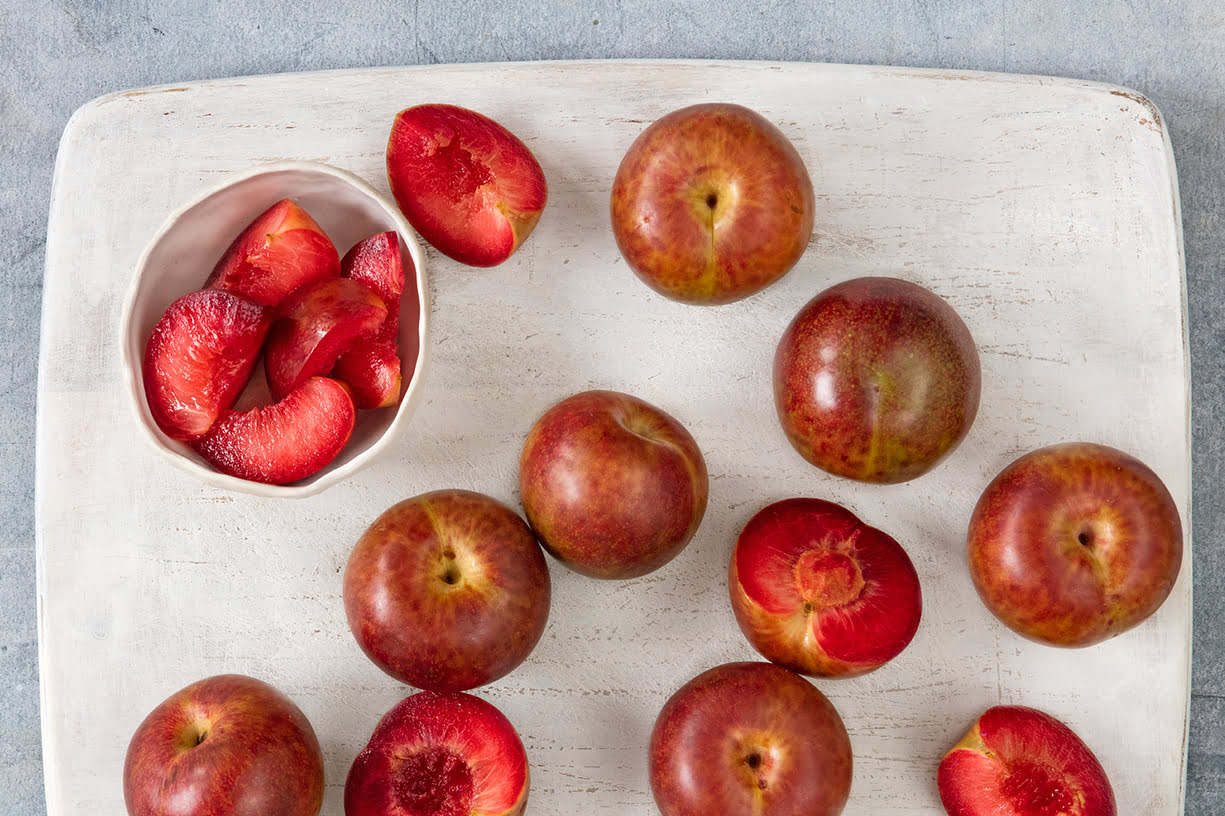
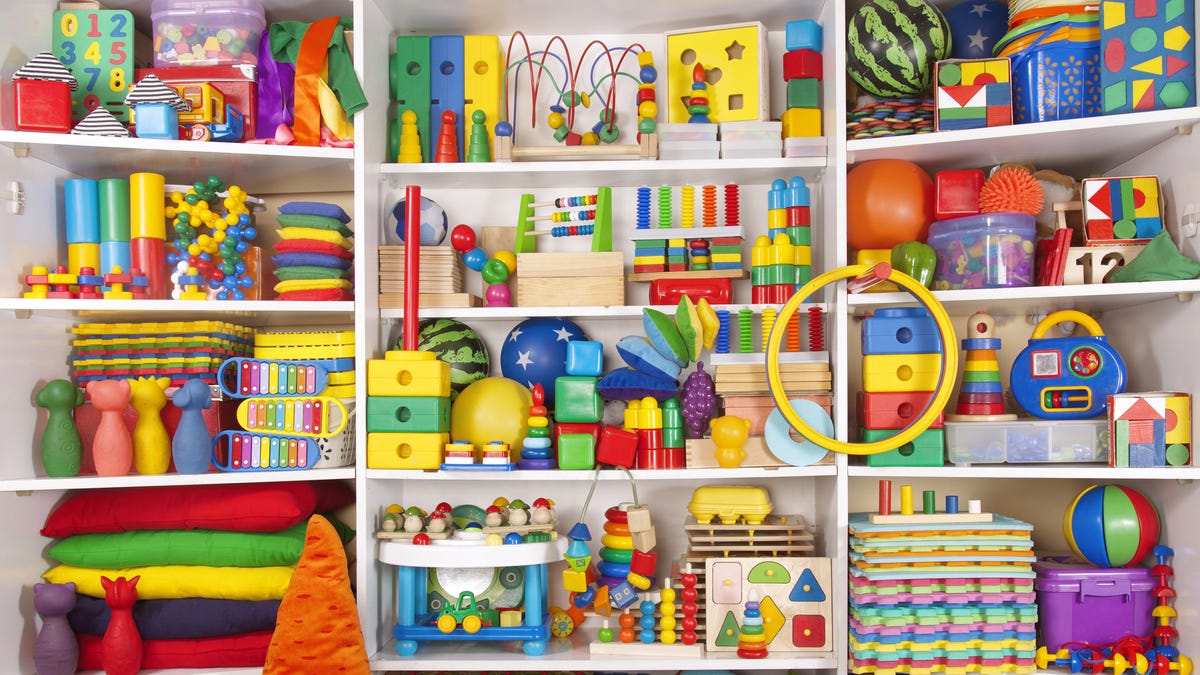
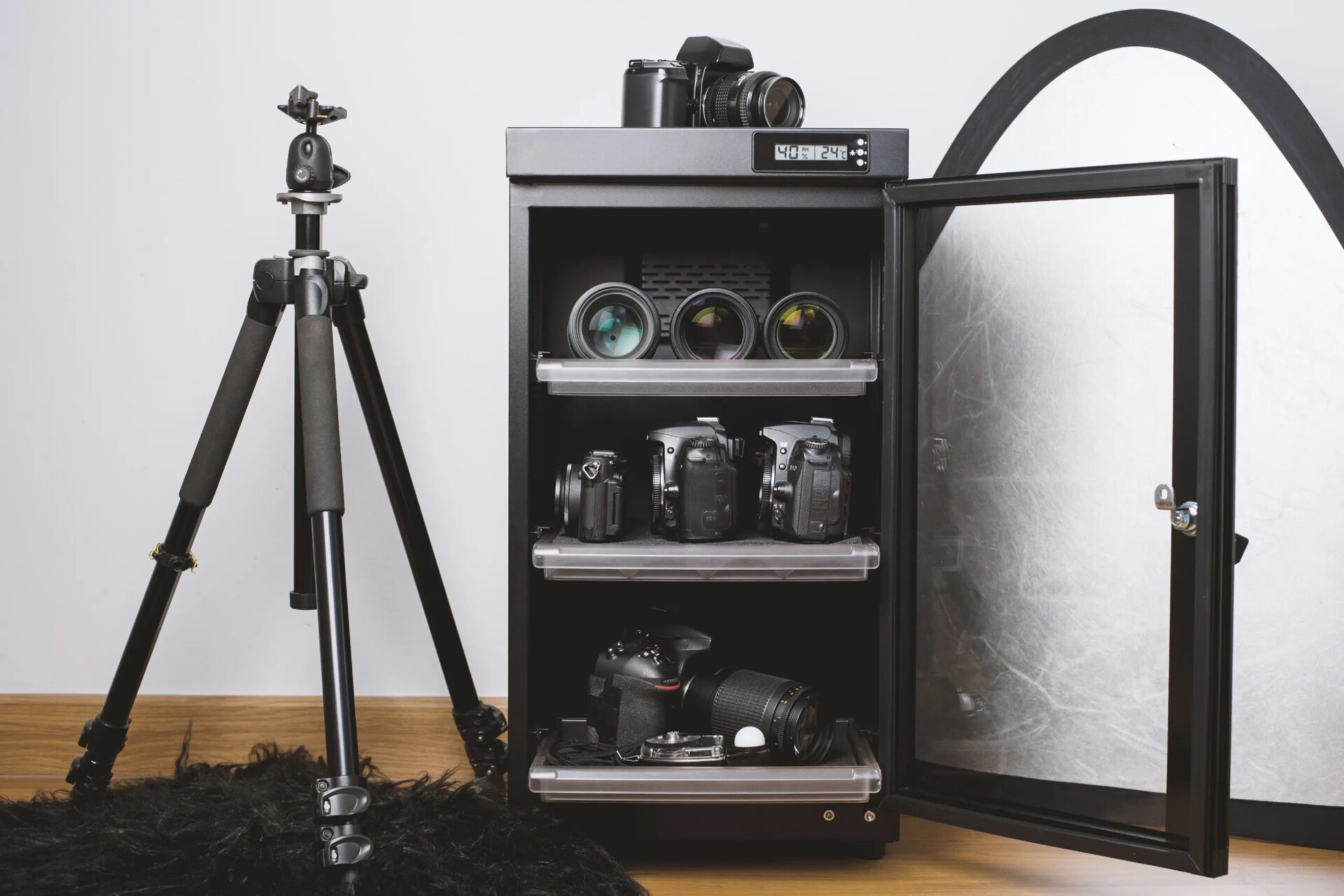
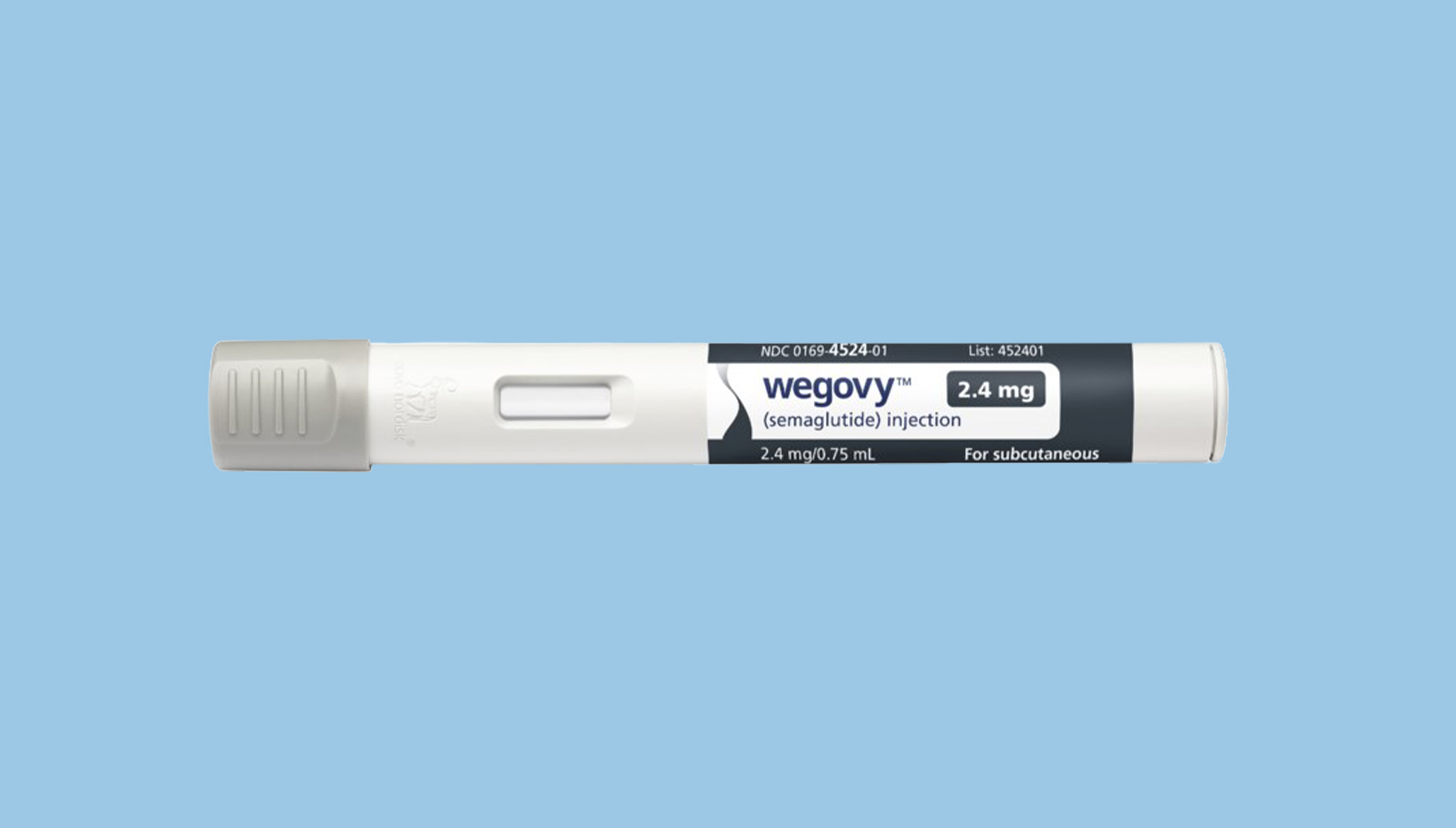


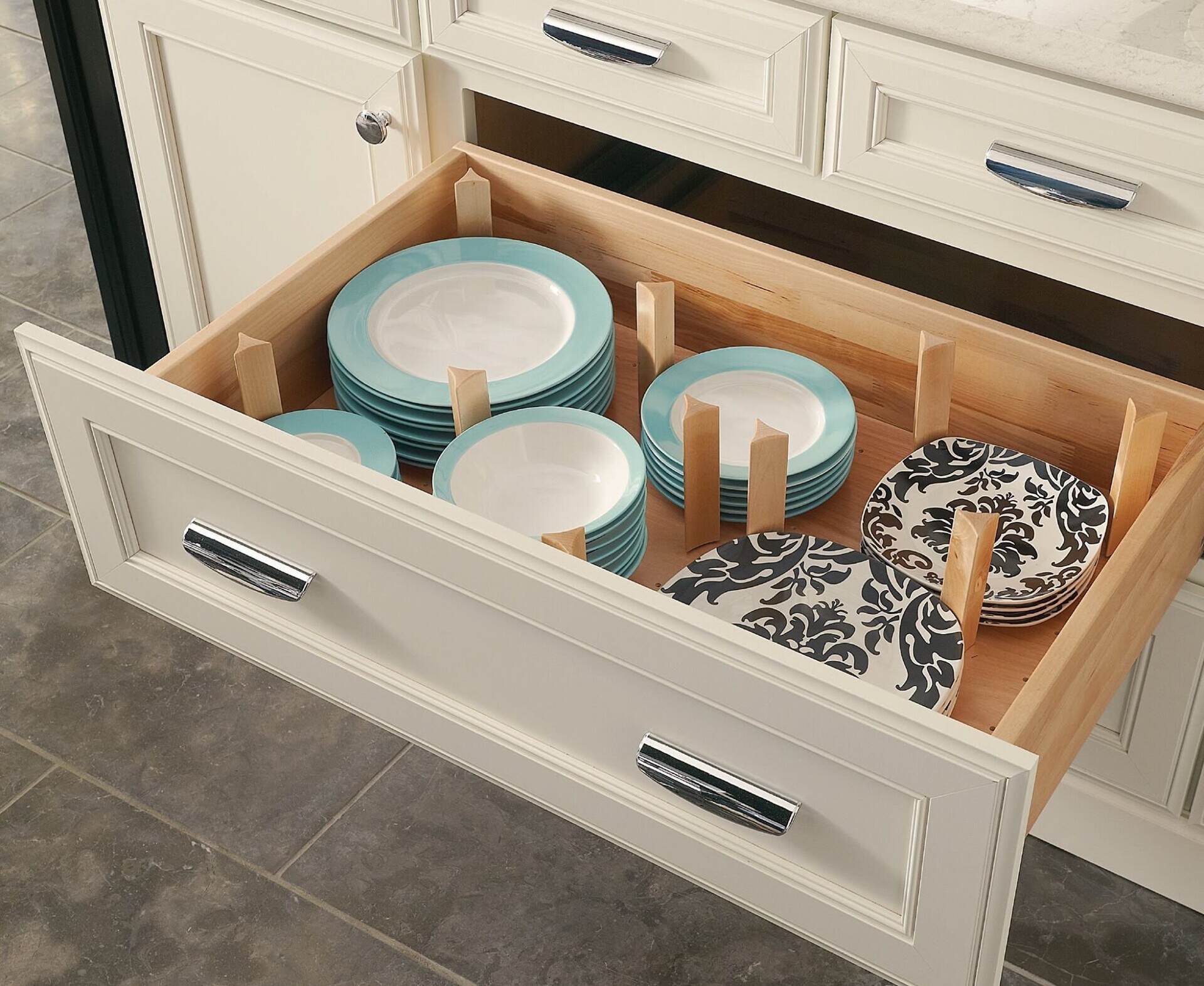



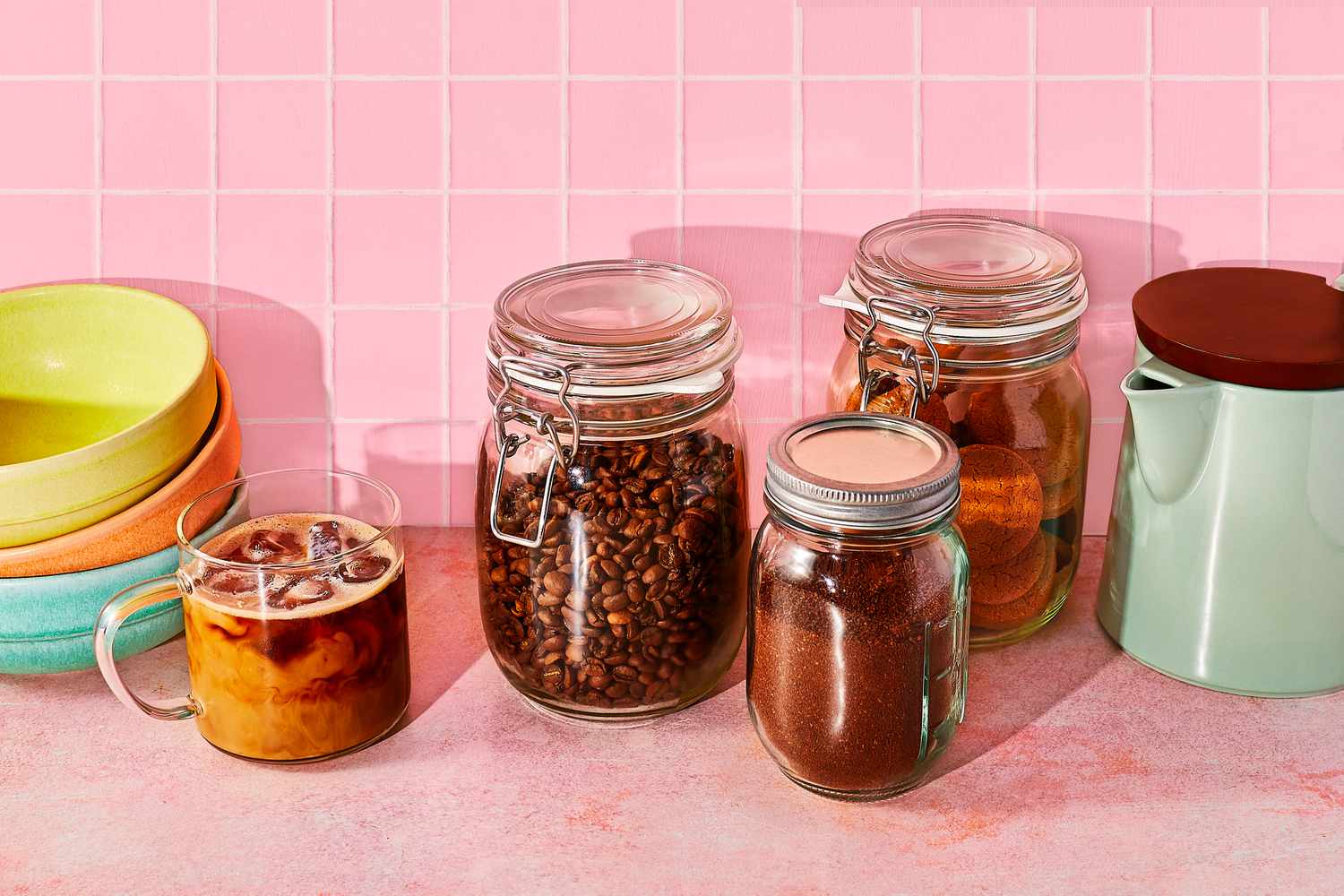

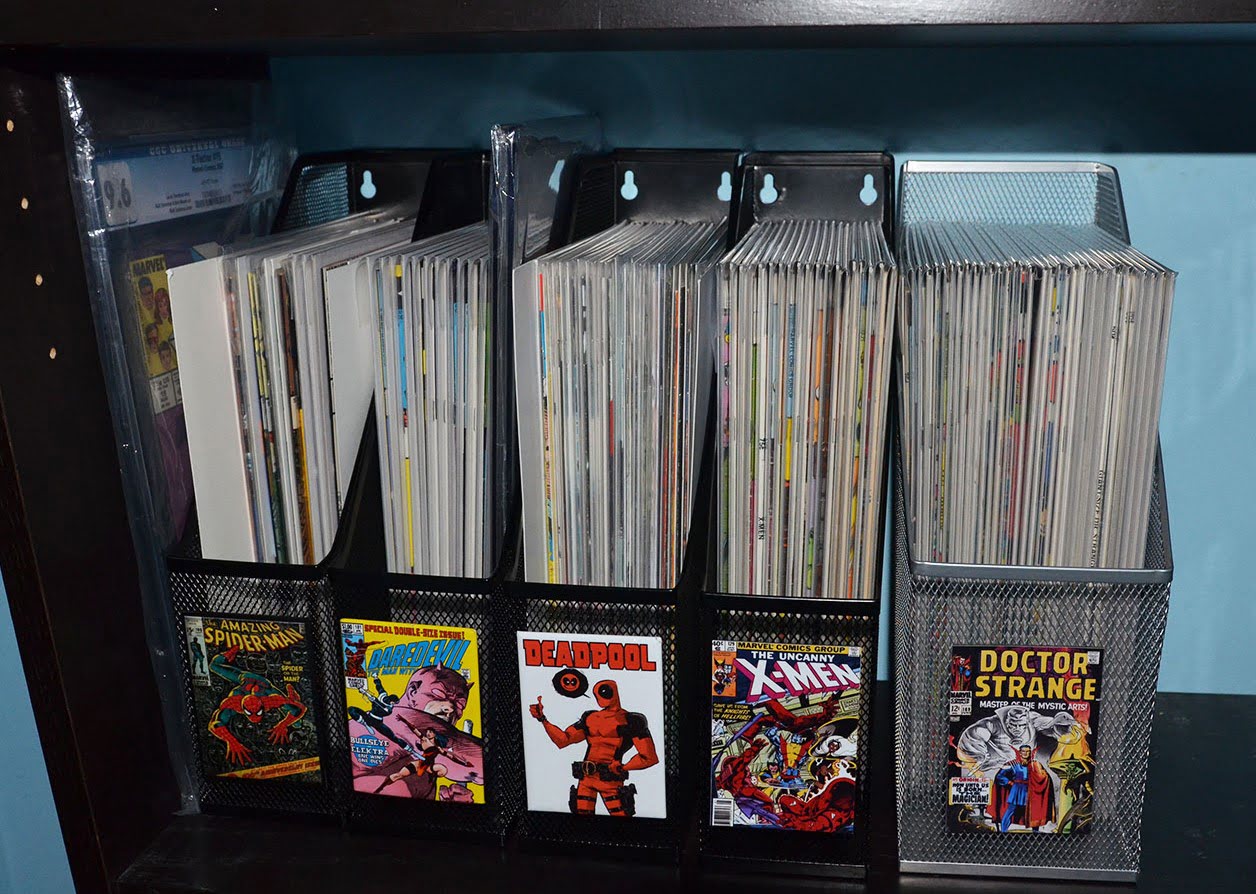

0 thoughts on “How To Store Zoodles”